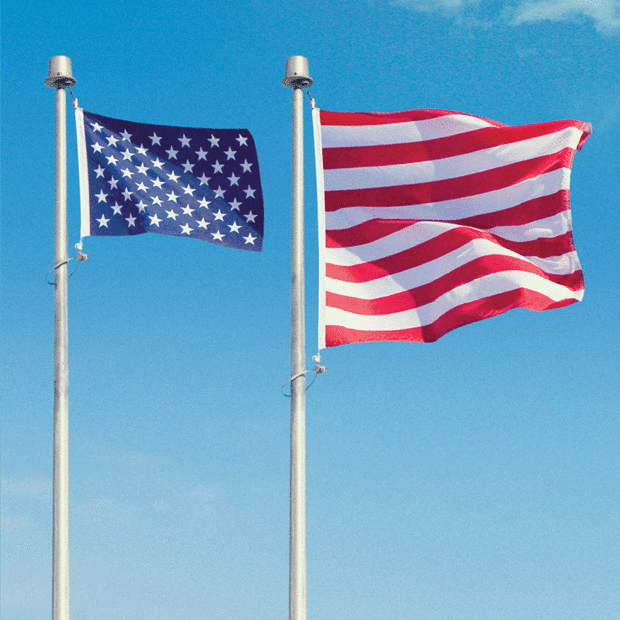As a major retrospective on Willem Sandberg is about to open at the De La Warr Pavilion, we talk to the show's lead curator Carolien Glazenburg, to find out more about the very influential Dutch designer and his work.
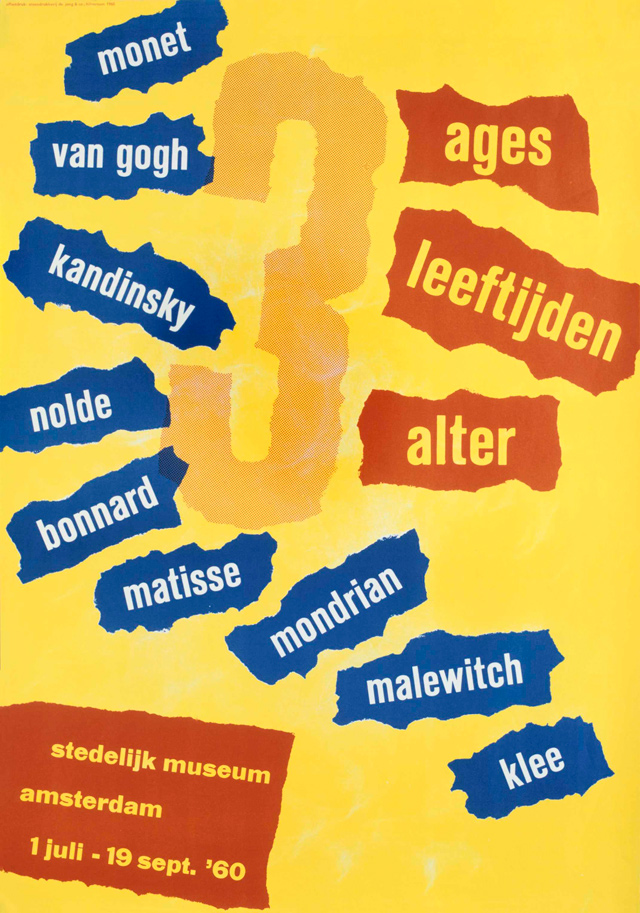
Willem Sandberg remains a hugely influential figure in Dutch graphic design, but in his role as director of the Stedelijk Museum his influence spread even further afield – his often radical ideas on display, collecting and promoting exhibitions have helped shape the development of art and design museums around the world. A major retrospective of Sandberg's work (the first in the UK) opens at the De La Warr Pavilion in Bexhill on Saturday 30 April, curated by Carolien Glazenburg, Fraser Muggeride and De La Warr curator Jane Won. We caught up with the Stedelijk's Carolien Glazenburg as she puts the final touches to what promises to be an unmissable exhibition.
Can you explain why Sandberg is so significant, both in the history of the Stedelijk and for museums in general?
Sandberg was the director that made the Stedelijk into an important museum of modern art because he made the museum (which is small compared to other European museums dealing with modern art), into a kind of laboratory/platform where there was a lot of room for experiment. He also gave the most diverse ideas, artists and forms of art a platform in the Stedelijk. Not only visual arts, but also design, film, music etc. He had outspoken ideas about how a museum should function and his ideas were internationally recognised as being rather revolutionary.
Sandberg’s output was very prolific, what can people expect to see in the exhibition?
We will show him mainly as the graphic designer who wanted to create a constant and very recognisable image of his institution. So we'll follow him from the beginning of his career, his wartime (WW II) and the period after 1945 until his retirement, but also his work after the Stedelijk too. It is the first time his work will be on show to this extent in the UK, and you have some ‘firsts’, because archival material will be on show which never has seen daylight until now.
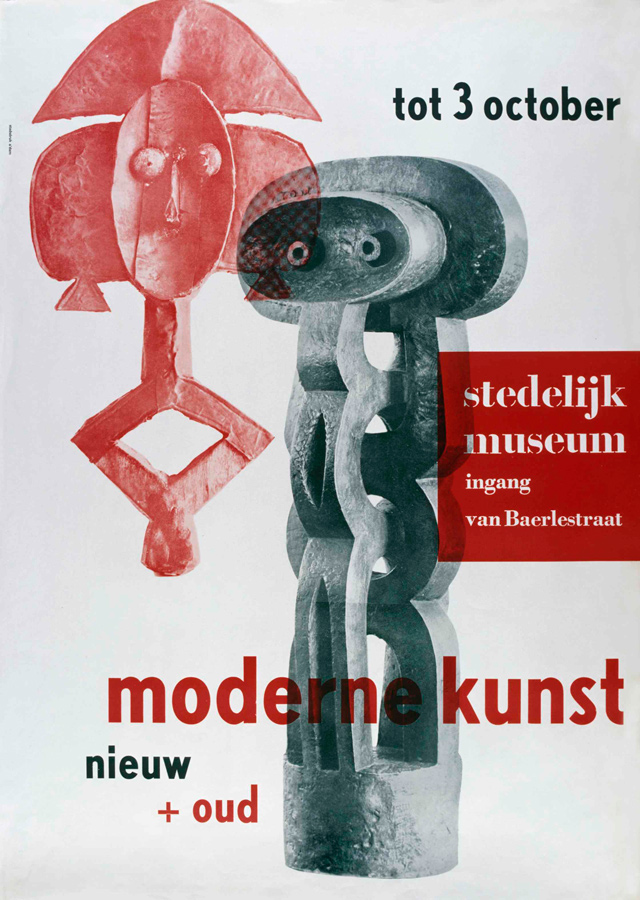
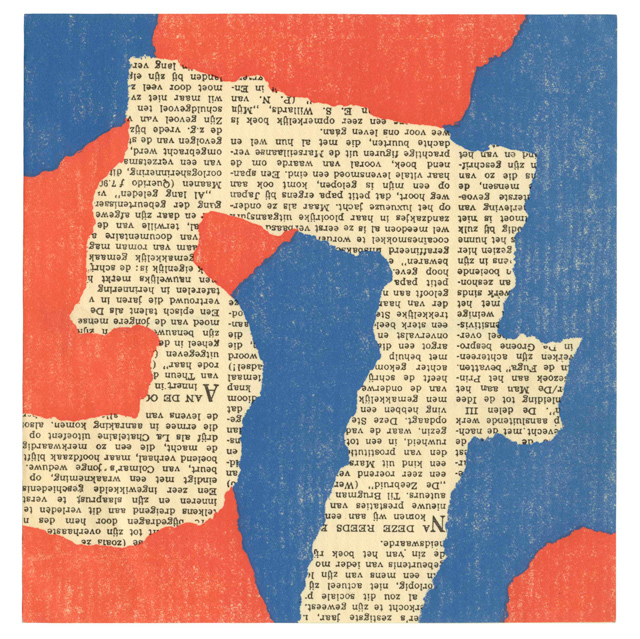
Is this the first time that so much of Sandberg’s work has been seen in one place?
No, the Stedelijk has made several exhibitions on his work but it is a bigger show at DLWP than in Paris in 2007 at the Institut Neerlandais.
Sandberg was acutely aware of the power of graphic material such as posters, catalogues etc in attracting and connecting with audiences, do you think his approach was ahead of its time?
Yes it was, because he had a very clear idea, he had a vision, about how he wanted to ‘show his museum in the streets’ and I do not know any other museum that has shown such a consistent image of itself. He thought this necessary because in showing stability in your expressions you gain power; people recognise you and immediately know it is about you and nobody else. And he wanted the material to be inviting, because the main goal is to inform the public and make them so curious they will come to your museum. Uniformity makes it powerful, but on the other hand he was flexible and gave other people the opportunity to design for the museum too.
Is it a Dutch thing for designers to be directors of museums? eg Sandberg at the Stedelijk, Crouwel at the Museum Boijmans Van Beuningen…
No no at all. Crouwel became director because he was a good manager of Total Design, and there is a difference here. Sandberg became curator at the museum only on the condition that he could carry on as its graphic designer. It is a miracle that he continued to do all the graphic work for the museum when he became director…
Can you pick out any favourite pieces from the show?
Wow that’s difficult, there are so many: the experimenta typografica are still always moving/touching me even after having seen them so many times. The catalogue 9 years is a big favourite, and the poster Experimenten van wandschilders but these last two are just a choice from many favourites…
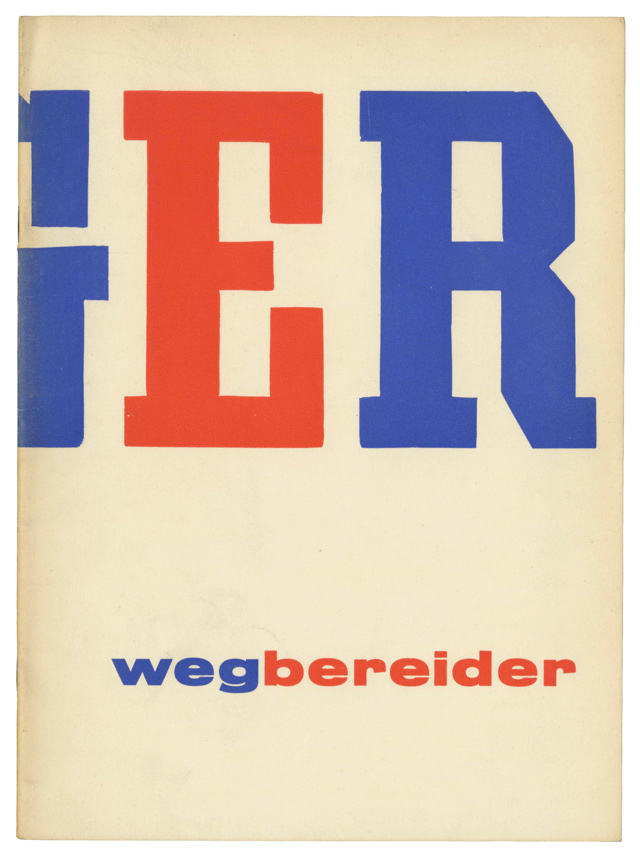
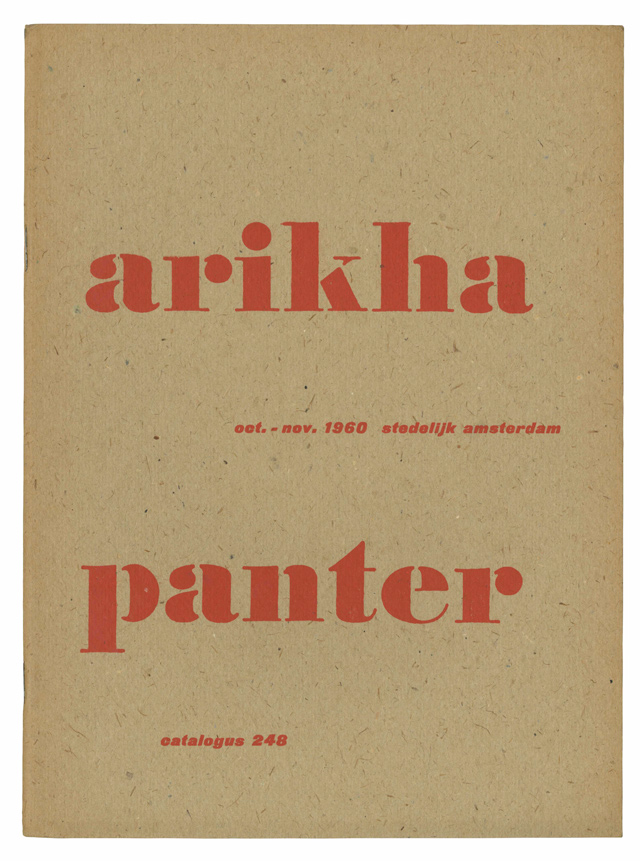
Can you tell us a bit about your background and what you do at the Stedelijk?
I am curator of graphic design (we have three curators in the design department) and I’ve worked at the Stedelijk since the mid-seventies, first as assistant and since 2001 as curator. I take care of a collection of 30,000 posters and about 40,000 items of smaller graphic design (this forms the biggest part of the whole collection of the museum). I collect, I organise exhibitions and do all the things a curator should do….
Why do you think many institutions such as the Design Museum shy away from mounting exhibitions on graphic design?
Wow, that’s quite a question…The Stedelijk not only has a magnificent international collection as a starting point – the oldest piece dates from 1854, and 56 countries are represented in the collection – but through Sandberg, Crouwel, Beeke etc, it has also become an important principal in the field of graphic design. And although I am only the second graphic design curator we consider graphic design as important as all the other parts of the collection, and that's made possible by having such a considerable design department.
Sandberg had the opinion that graphic design was an important part of the collection as it reflected what was happening in society. Only the Stedelijk and MoMA in the United States have design collections under the same roof as the visual arts. Nowadays it is even more interesting to make exhibitions of graphic design as new media is involved – it's hard to collect but great to experiment with…
I can’t speak for The Design Museum or the Pompidou Centre, because attitudes to exhibiting graphic design are not only embedded in tradition, but also in the personal interests of an institution's curators and directors. The DM of course initiated the big Wim Crouwel – a graphic Odyssey show and made it with our help (we were the second venue it was shown at). It is hard to show graphic design in a good way – you’ll see that Sandberg at DLWP is presented in a very classic way. Maybe others shy away because they think it is hard to do and a bit old fashioned? You’ll have to ask them…
Hear Carolien Glazenburg in conversation with Fraser Muggeridge on Saturday 03 September at DLWP at 2pm. Tickets are free but booking is essential.
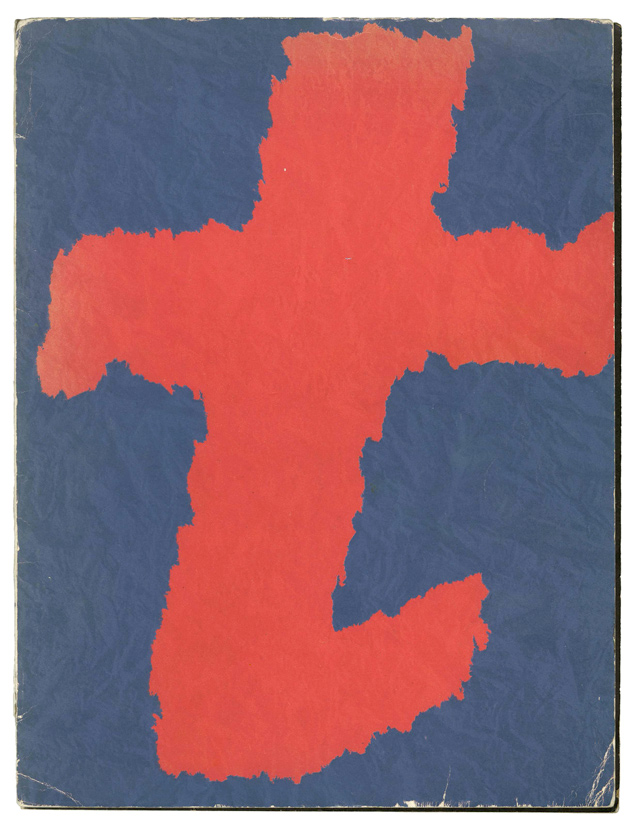
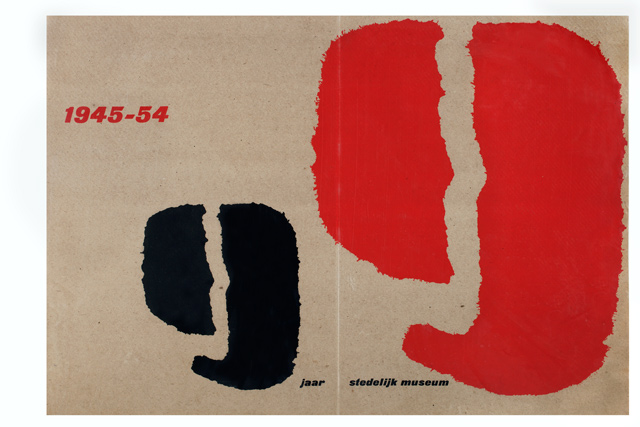
Willem Sandberg from type to image
Sat 30 April to Sunday 4 September 2016
De La Warr Pavilion
Bexhill on Sea



